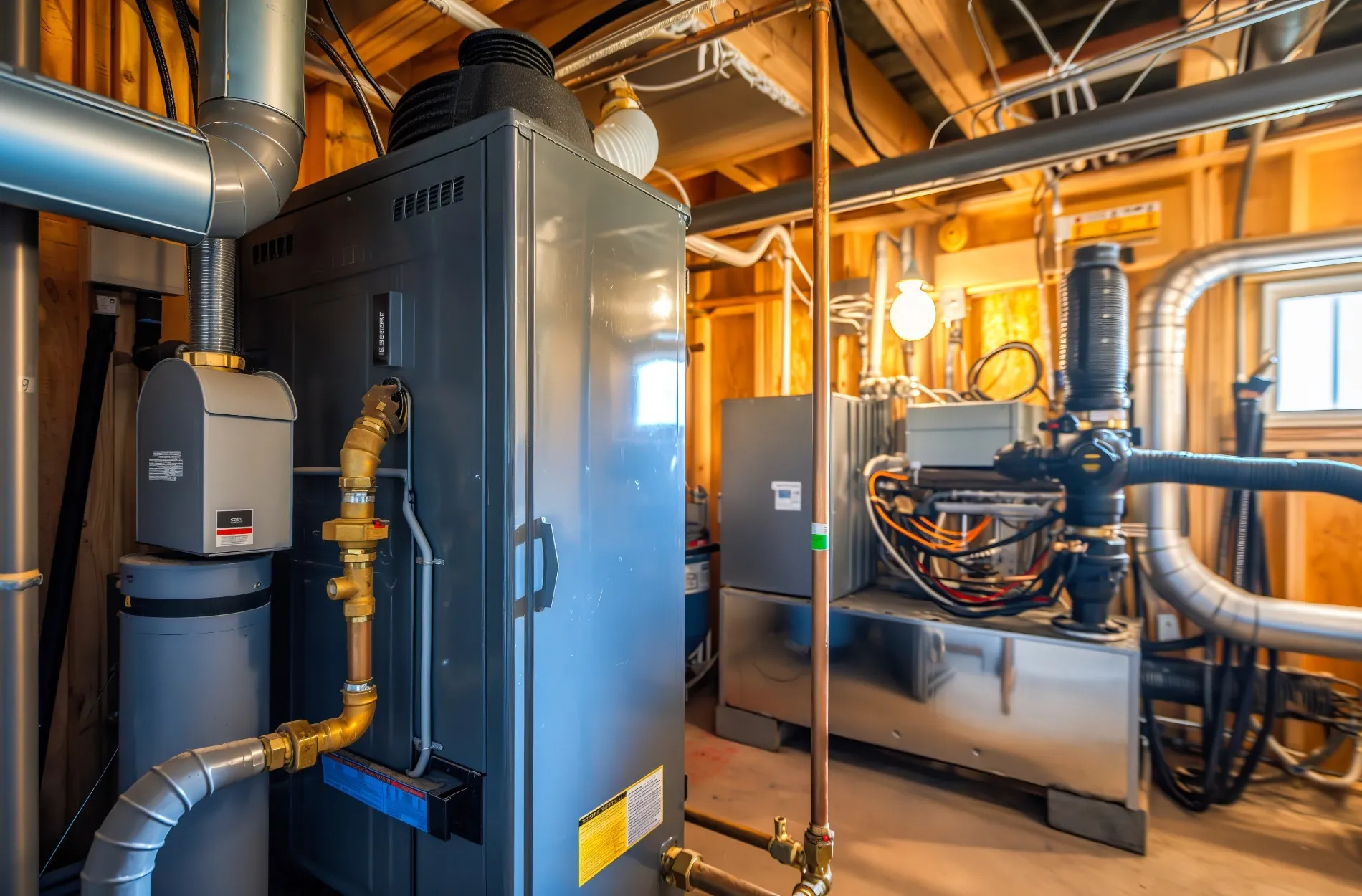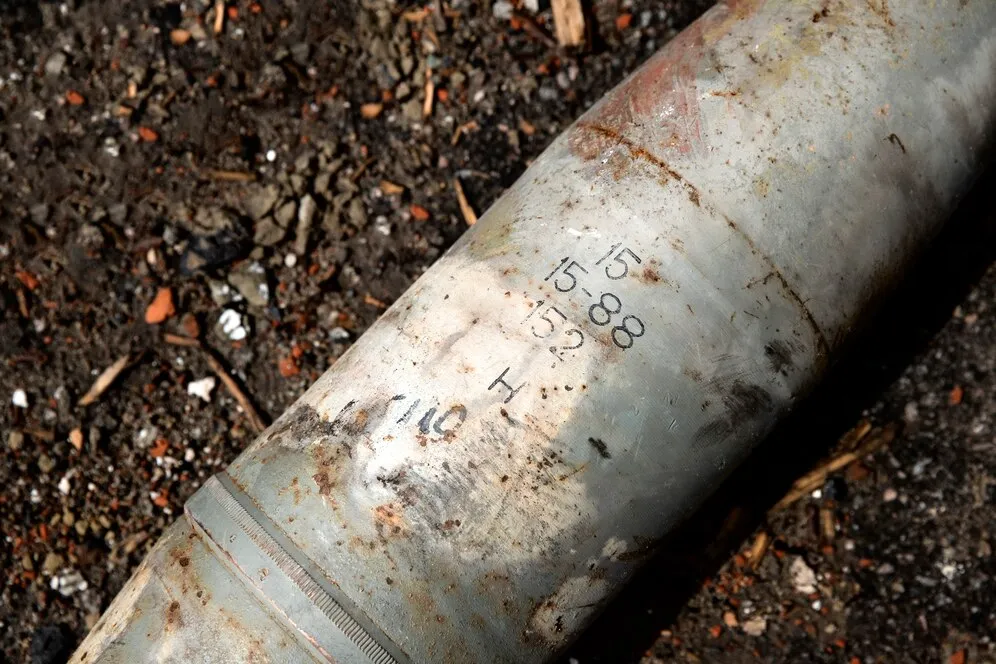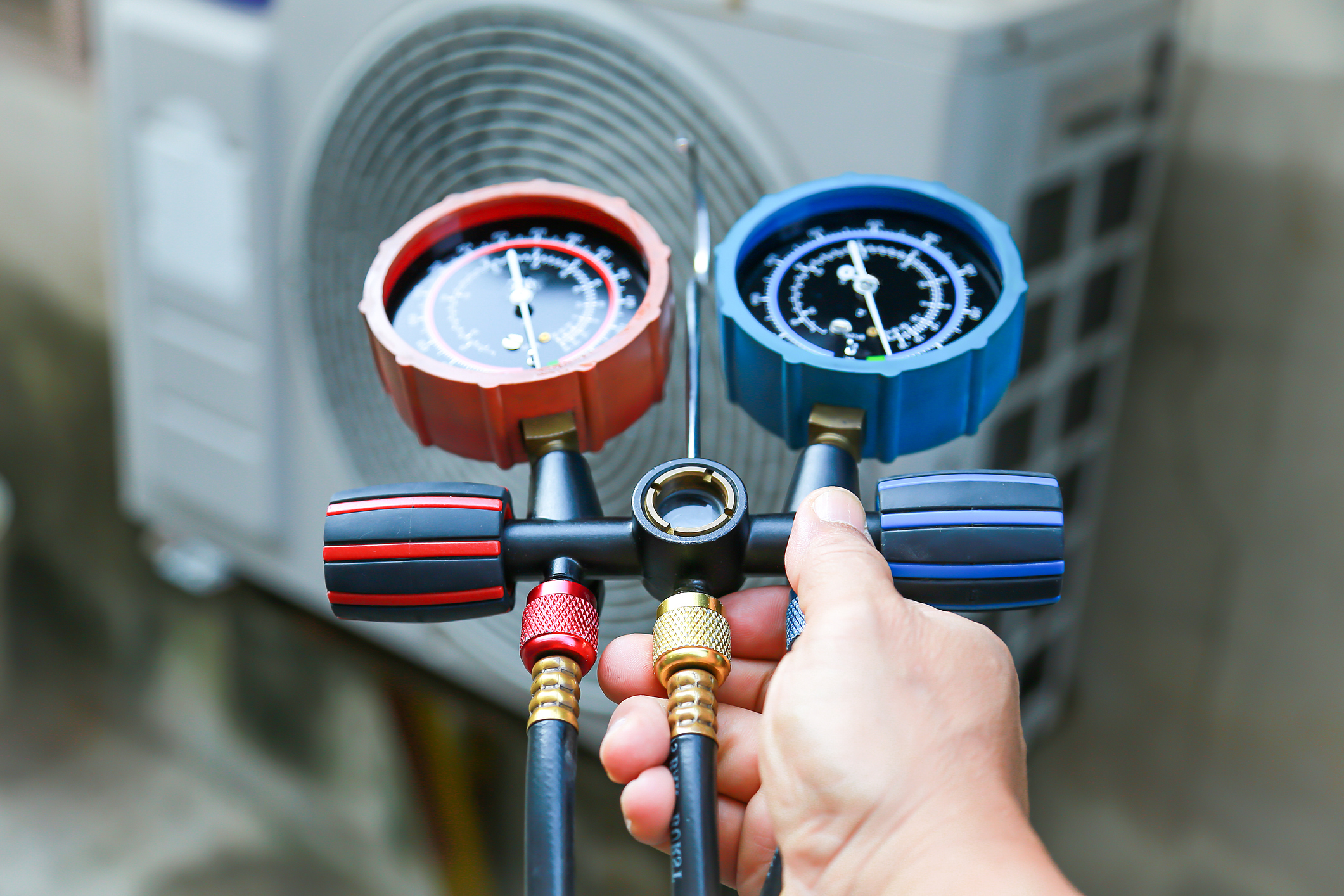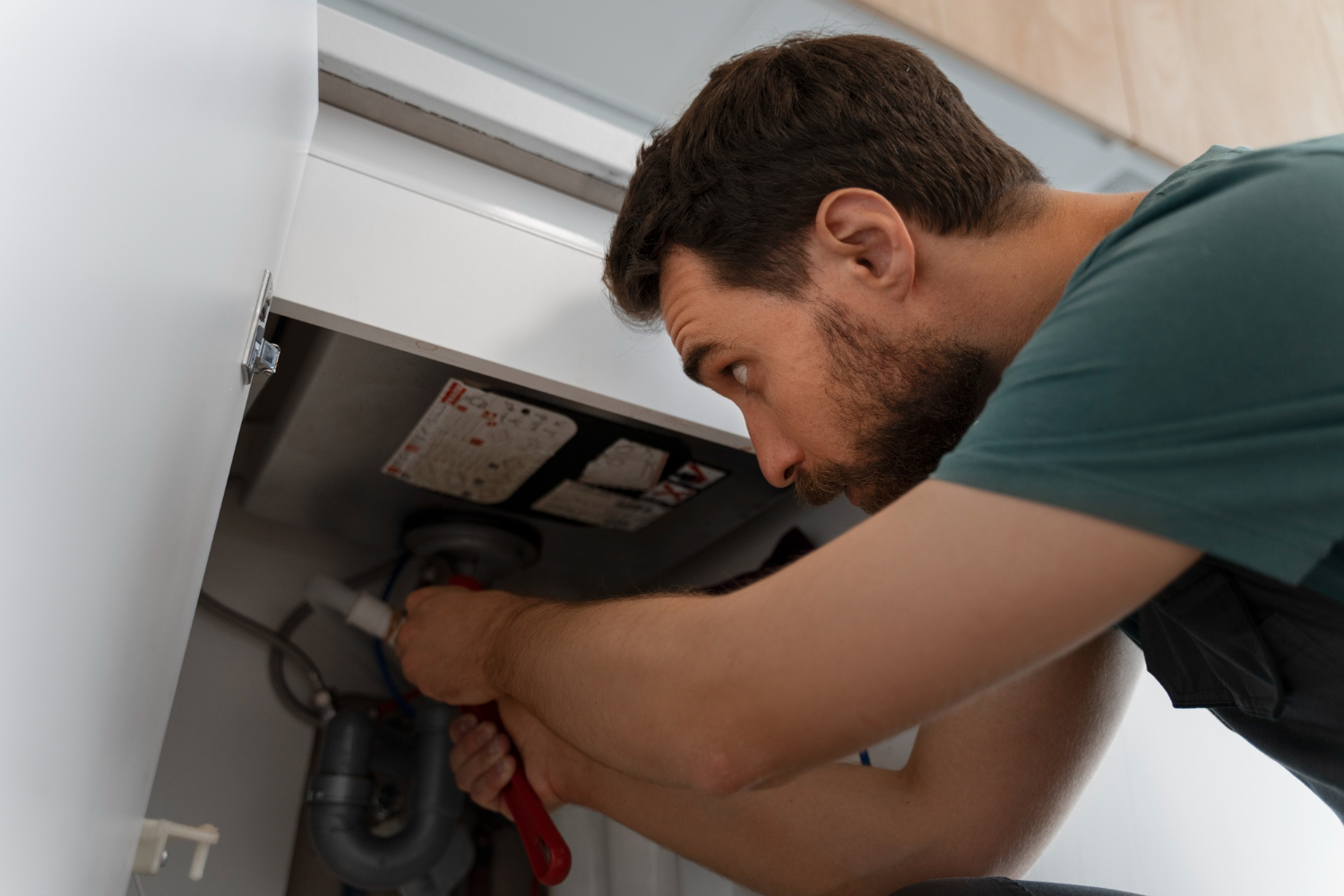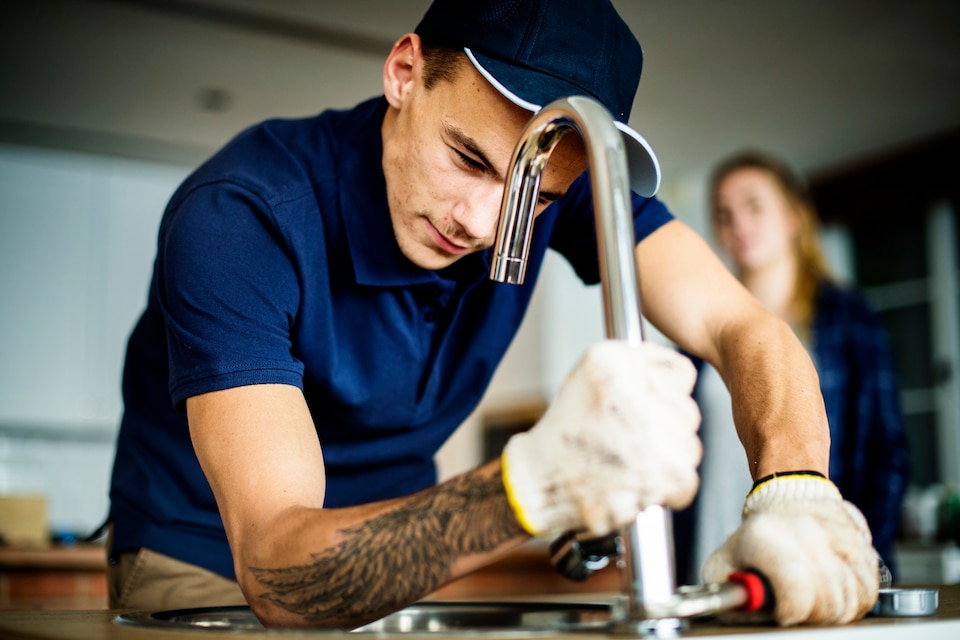Choosing the right furnace and ensuring its proper installation is essential for maintaining a comfortable and energy-efficient home. A well-functioning furnace provides consistent warmth during the colder months and contributes to the overall comfort of your living space. Understanding the critical aspects of furnace installation helps in making informed decisions that best suit your home’s needs.
Understanding the Importance of Furnace Installation
Furnace installation is crucial for ensuring the comfort and efficiency of your home’s heating system. A properly installed furnace operates efficiently, providing consistent warmth throughout your living space.
Types of Furnaces Available for Homes
Choosing the right type of furnace is essential for meeting your home’s heating needs. Here are the most common types of furnaces available:
- Gas Furnaces: Gas furnaces are popular because they are highly efficient and relatively affordable to operate. They use natural gas to generate heat, making them an excellent choice for homes with gas lines.
- Electric Furnaces: Electric furnaces are an alternative for homes without gas lines. They are generally more expensive to operate than gas furnaces but are easier to install and maintain. Electric furnaces convert electrical energy into heat, which is then distributed throughout the home.
- Oil Furnaces: Oil furnaces are less common but can be a good option for homes that do not have access to natural gas. They use oil as a fuel source, which means you’ll need a storage tank on your property. Oil furnaces are known for their robust heating power.
- Propane Furnaces: Propane furnaces are similar to gas furnaces but use propane as a fuel source. They are typically used in rural areas without natural gas lines. Propane furnaces are efficient and provide strong heating capabilities.
Factors to Consider When Choosing a Furnace
Selecting the right furnace for your home involves several important factors. Considering these aspects ensures you make an informed decision that meets your heating needs and budget.
- Home Size: The size of your home significantly impacts the type and size of furnace you need. A furnace that is too small won’t adequately heat your home, while one that is too large will cycle on and off frequently, wasting energy and wearing out faster.
- Fuel Type: Determine which fuel type is most accessible and cost-effective for your home. Options include natural gas, electricity, oil, and propane. Each fuel type has its own benefits and costs that need to be evaluated.
- Efficiency Ratings: High-efficiency furnaces often cost more upfront but save money over time through lower energy bills. Look for furnaces with high AFUE (Annual Fuel Utilization Efficiency) ratings to ensure you are getting an efficient model.
- Budget: Your budget will influence the type and efficiency of the furnace you can afford. Consider both the initial installation cost and the long-term operating expenses when making your decision.
- Maintenance Requirements: Some furnaces require more maintenance than others. Consider the level of upkeep you’re willing to commit to and whether professional maintenance services are available.
The Process of Professional Furnace Installation
Professional furnace installation involves several key steps to ensure the system operates efficiently and safely. Our professionals follow a detailed process to guarantee optimal performance and longevity.
- Site Inspection and Preparation: The installation process begins with a thorough inspection of your home. Our professionals assess the existing ductwork, ventilation, and compatibility with your chosen furnace. This step ensures the new furnace will integrate seamlessly.
- Removing the Old Furnace: If you’re replacing an old furnace, our team will carefully disconnect and remove it. This step involves safely handling connections and disposing of the old unit in an environmentally friendly manner.
- Installing the New Furnace: The new furnace is positioned and connected to your home’s ductwork, fuel lines, and electrical system. Our professionals ensure all connections are secure and that the unit is level and stable.
- Testing and Calibration: Once installed, the furnace is thoroughly tested to ensure it operates correctly. Our technicians calibrate the system, checking for proper airflow, fuel efficiency, and overall performance.
- Instruction and Cleanup: After installation, our professionals will explain how to operate and maintain the new furnace. We also ensure the installation site is clean and free of debris.
Benefits of Hiring Our Professionals for Furnace Installation
Hiring our professionals for furnace installation brings numerous benefits that ensure a smooth and efficient process.
- Expertise and Experience: Our professionals possess the necessary skills and knowledge to handle furnace installation efficiently. Their experience ensures that every step is carried out correctly, reducing the likelihood of future issues.
- Safety: Furnace installation can be risky, especially when dealing with gas or electrical connections. Our professionals follow safety protocols, ensuring the system is installed without any hazards. This minimizes risks such as gas leaks or electrical fires.
- Efficiency: By hiring professionals, you ensure that the furnace is installed to operate at peak efficiency. Proper installation reduces energy waste, saving you money on utility bills and extending the furnace’s lifespan.
- Warranty Compliance: Many furnace manufacturers require professional installation to maintain the warranty. Hiring our professionals ensures that your furnace is installed according to the manufacturer’s specifications, keeping your warranty intact.
- Post-Installation Support: Our professionals provide comprehensive support after installation, including maintenance tips and troubleshooting advice. This ongoing support helps you keep your furnace running smoothly for years to come.
Common Mistakes to Avoid During Furnace Installation
Avoiding common mistakes during furnace installation can prevent future issues and ensure optimal performance. Here are some errors to watch out for:
- Incorrect Sizing: Installing a furnace that is too big or too small for your home leads to inefficiency and increased wear and tear. Accurate sizing based on your home’s heating requirements is crucial for optimal performance.
- Improper Ventilation: A furnace needs proper ventilation to ensure safe and efficient operation. Inadequate ventilation can lead to dangerous buildup of gases like carbon monoxide. Ensure all vents and flues are installed correctly and clear of obstructions.
- Poor Location: Placing the furnace in an unsuitable location can affect its performance and accessibility for maintenance. Avoid installing it in cramped spaces where airflow is restricted or where it’s exposed to harsh conditions.
- Skipping the Ductwork Inspection: Neglecting to inspect and clean existing ductwork before installation can lead to airflow problems and reduce efficiency. Ensure the ductwork is in good condition and properly sealed.
- Ignoring Manufacturer Instructions: Failing to follow the manufacturer’s installation guidelines can void the warranty and lead to operational issues. Always adhere to the specified procedures for installation.
How to Prepare Your Home for Furnace Installation?
Proper preparation helps streamline the furnace installation process. Here are the steps to take before our professionals arrive:
- Clear the Installation Area: Ensure the area where the furnace will be installed is clear and accessible. Remove any obstacles or clutter to provide adequate space for our professionals to work.
- Check the Ventilation: Inspect existing vents and flues for blockages or damage. Proper ventilation is crucial for safe furnace operation. Clearing the vents helps our professionals focus on the installation.
- Arrange for Ductwork Inspection: Schedule a ductwork inspection and cleaning if needed. Clean and well-sealed ducts improve airflow and efficiency, enhancing the performance of your new furnace.
- Plan for Utility Access: Ensure that gas lines, electrical outlets, and other utilities are accessible and in good condition. This facilitates a quicker and safer installation process.
- Secure Pets and Children: Keep pets and children away from the installation area to ensure their safety and allow our professionals to work without interruptions.
- Discuss the Installation Process: Communicate with our professionals about any specific concerns or requirements you may have. Understanding the installation steps helps you prepare better.
Understanding Furnace Efficiency Ratings
Furnace efficiency ratings are essential for choosing a system that provides optimal performance and cost savings. Here’s what you need to know:
- Annual Fuel Utilization Efficiency (AFUE): The AFUE rating indicates how efficiently a furnace converts fuel into heat. A higher AFUE rating means better efficiency.
- Understanding the Scale: The AFUE rating is expressed as a percentage. Furnaces with 80-85% AFUE are considered standard efficiency, while those with 90% and above are high efficiency. High-efficiency furnaces tend to have additional features that reduce energy loss.
- Condensing vs. Non-Condensing: High-efficiency furnaces are often condensing models, which means they capture and reuse heat from exhaust gases. Non-condensing furnaces, on the other hand, do not reclaim this heat, leading to lower efficiency.
- Choosing the Right Efficiency: While high-efficiency furnaces have a higher upfront cost, they offer long-term savings on energy bills. Consider your budget, energy costs, and environmental impact when selecting a furnace with the appropriate AFUE rating.
- Energy Star Certification: Look for furnaces with Energy Star certification. This indicates that the furnace meets stringent efficiency standards set by the Environmental Protection Agency (EPA).
The Role of Regular Maintenance in Extending Furnace Life
Regular maintenance plays an essential role in extending the life of your furnace. It involves routine checks and minor adjustments to keep the system running efficiently and reliably.
Preventative Measures:
- Filter Replacement: One of the simplest yet most effective maintenance tasks is replacing the air filter regularly. Clean filters ensure proper airflow and reduce strain on the furnace.
- Inspecting Components: Our professionals thoroughly inspect all parts of the furnace, such as the heat exchanger, blower motor, and ignition system. Identifying and addressing wear and tear early can prevent larger issues.
- Cleaning and Lubrication: Dust and grime can accumulate in various parts of the furnace. Regular cleaning, along with lubrication of moving components, ensures smooth operation and efficiency.
Efficiency and Safety:
- Optimal Performance: Routine maintenance helps maintain the furnace’s efficiency. An efficient furnace uses less energy, which saves money and reduces your carbon footprint.
- Safety Checks: Our professionals conduct safety checks to identify and mitigate risks like gas leaks and carbon monoxide. Regular attention to these aspects keeps your home safe.
Cost Savings:
- Reduced Repair Costs: Identifying issues early during routine maintenance can save significant money on major repairs down the line.
- Extended Lifespan: Properly maintained furnaces can last significantly longer, delaying the need for a costly replacement.
Frequently Asked Questions About Furnace Installation
What Size Furnace Do I Need?
The size of the furnace you need depends on various factors, including your home’s square footage, insulation, and local climate. Our professionals can conduct a detailed assessment and recommend the appropriate size for optimal performance.
How Long Does Furnace Installation Take?
Professional furnace installation typically takes a few hours to a full day. The exact duration depends on the complexity of the setup, including the type of furnace being installed and any necessary adjustments to existing ductwork and electrical systems.
What Should I Do to Prepare for Installation?
- Clear the Area: Ensure that the area around the installation site is free of obstacles. This allows our technicians to work efficiently.
- Consider Upgrades: If you’re considering upgrading your thermostat or air filters, it’s a good time to discuss this with our professionals during the installation process.
- Inform Household Members: Advise everyone in the household about the installation schedule to minimize disruptions and ensure safety.
Is Professional Installation Necessary?
Yes, professional installation is crucial for ensuring the furnace operates safely and efficiently. Our technicians bring the expertise needed to handle electrical connections, gas lines, and venting systems, which are critical to proper furnace functioning.
Conclusion
Opting for professional furnace installation is a vital step toward ensuring the comfort and safety of your home. From understanding the role of regular maintenance to troubleshooting common post-installation issues, each aspect contributes to the overall efficiency and longevity of your heating system.
Ready to improve your home’s heating system with expert furnace installation in Pittsgrove? Contact EnviroSafe Plumbing, Heating, Air Conditioning, Water Treatment today to schedule your service and experience the benefits of professional care. Call us now and ensure your home stays warm and cozy all winter long!


